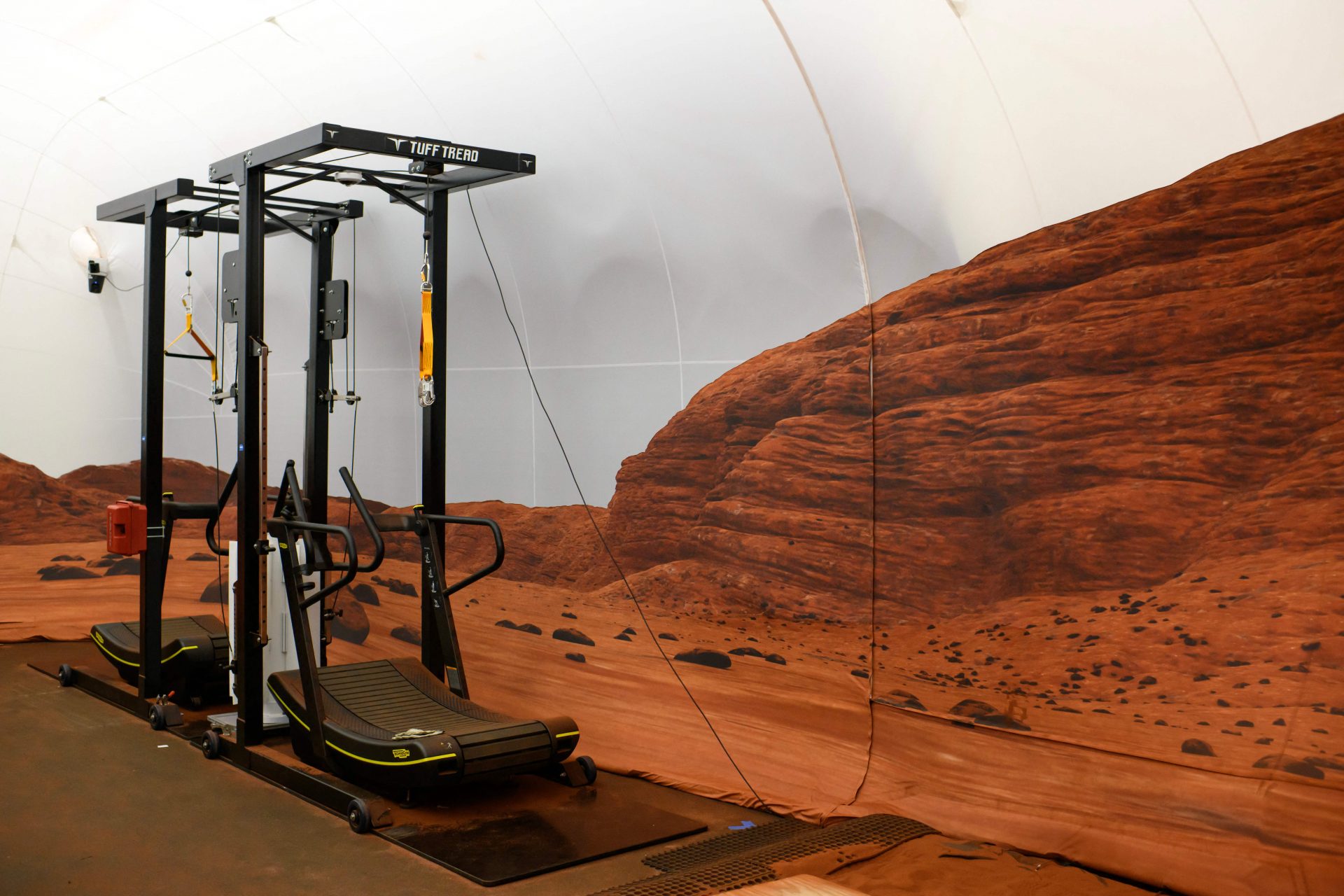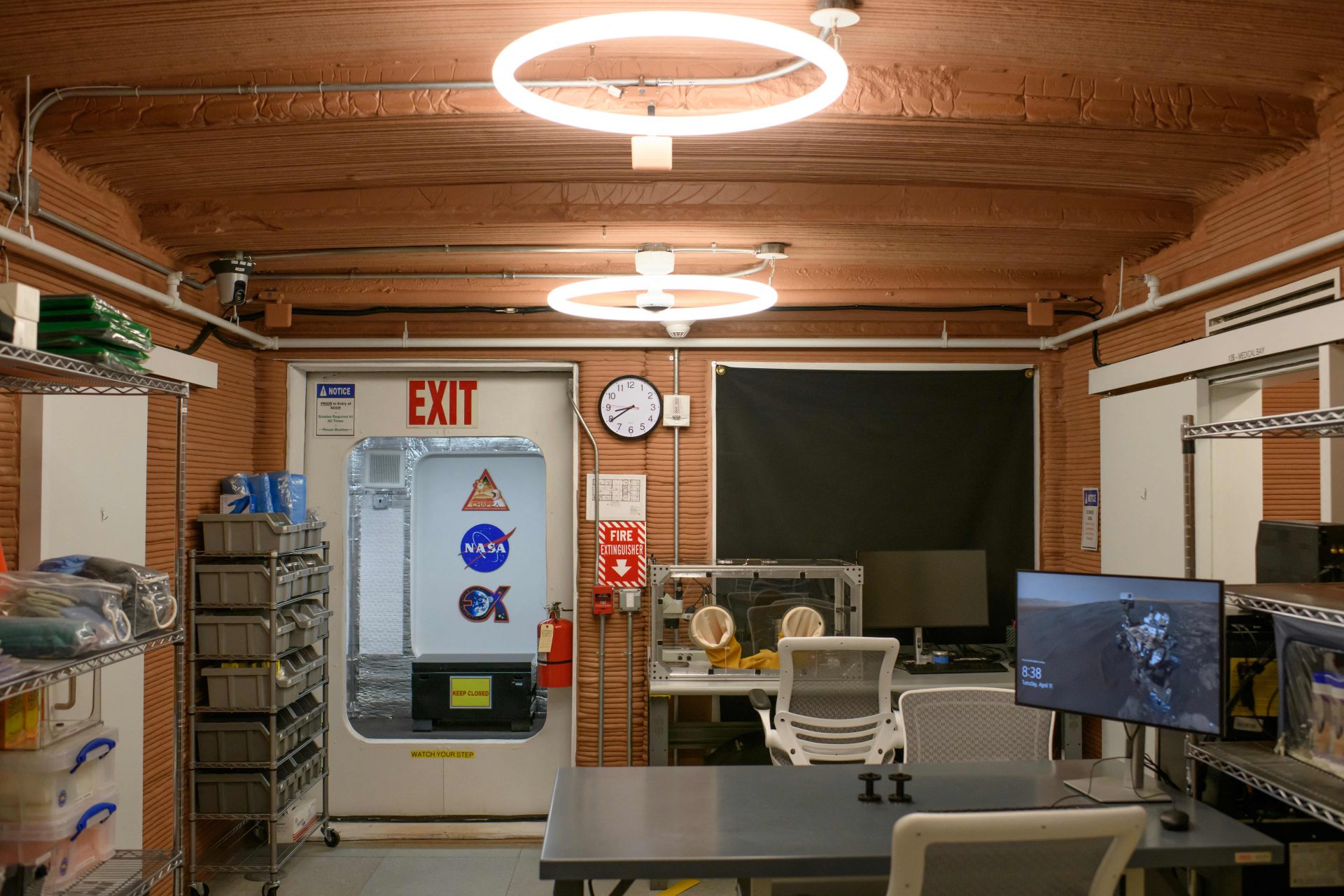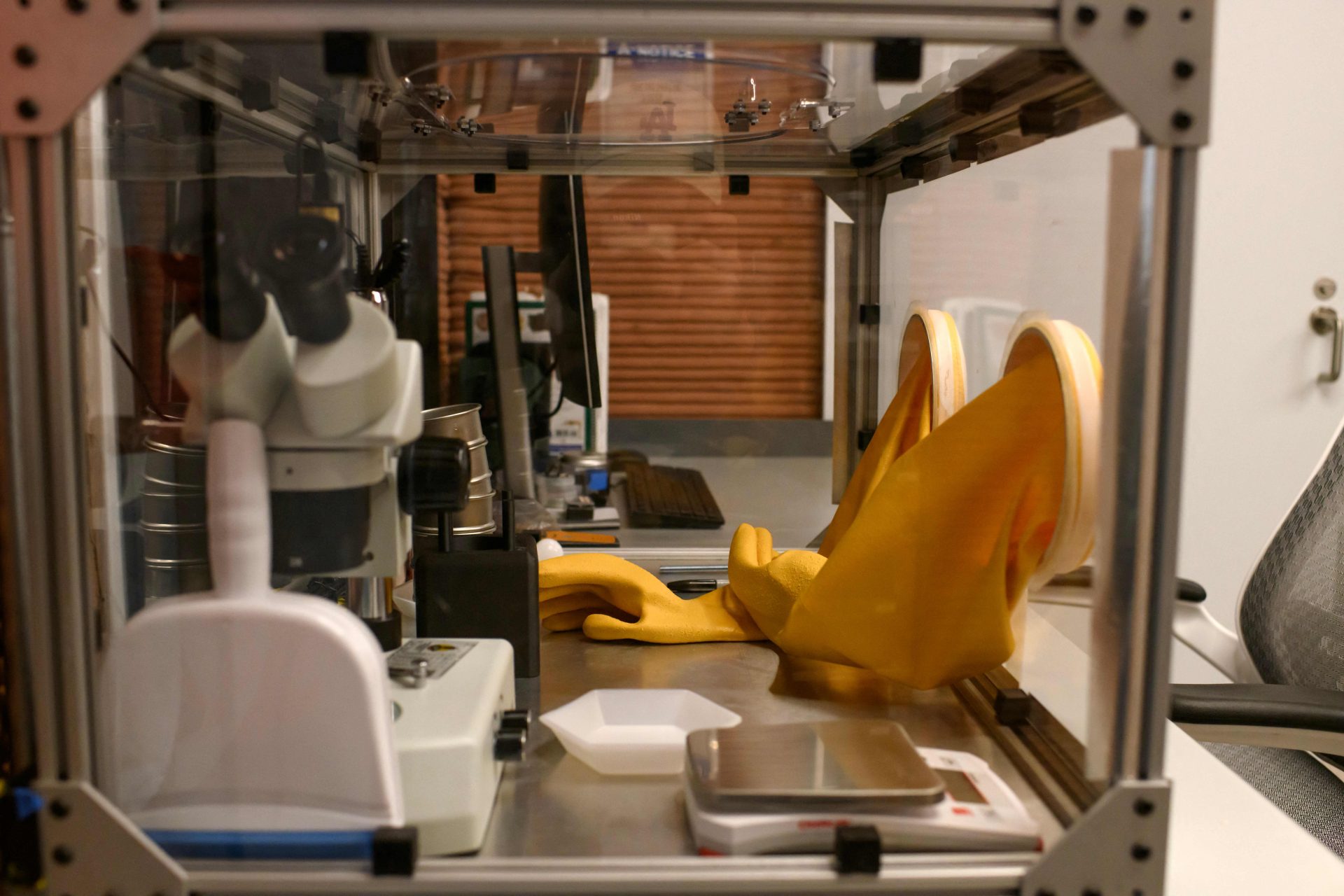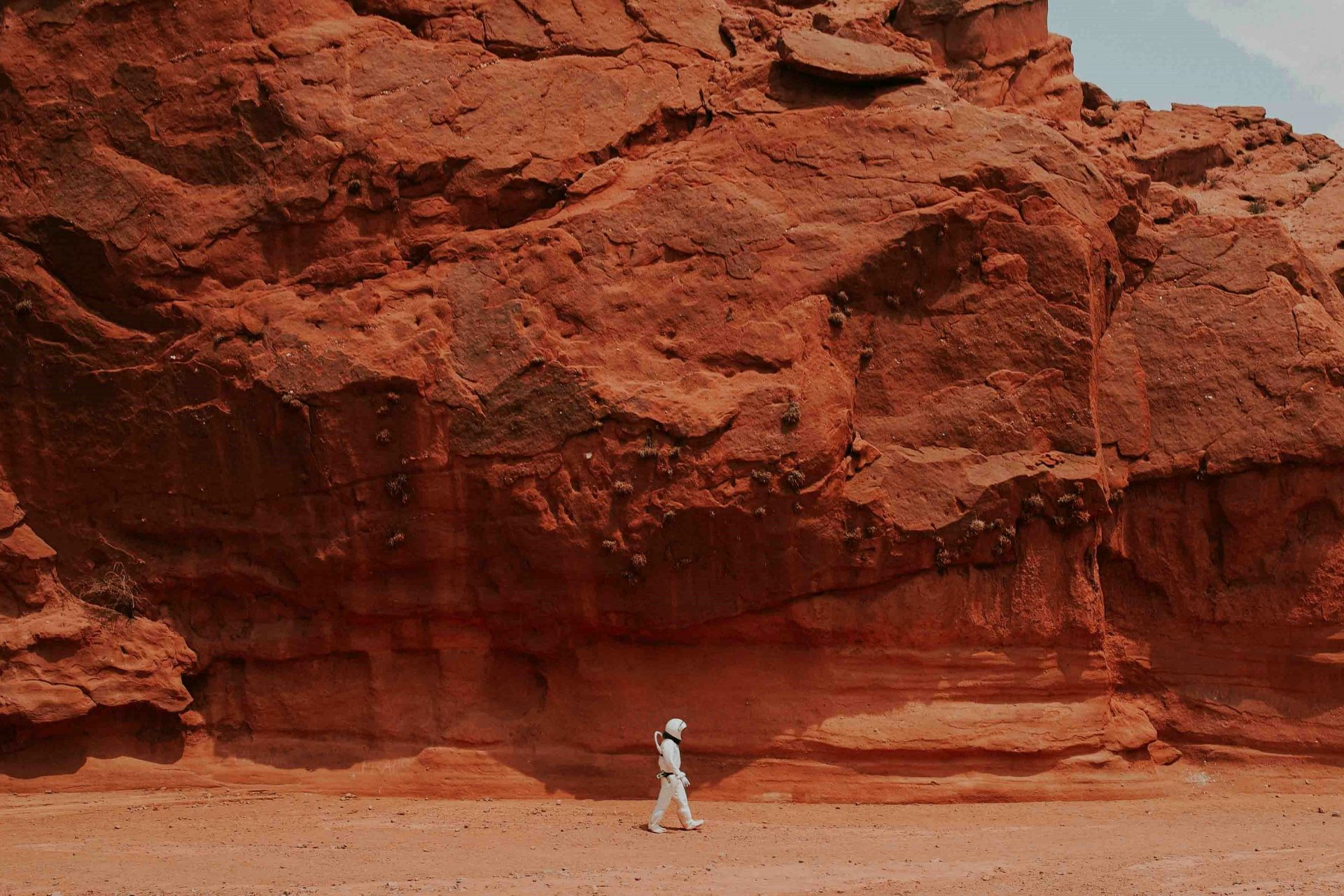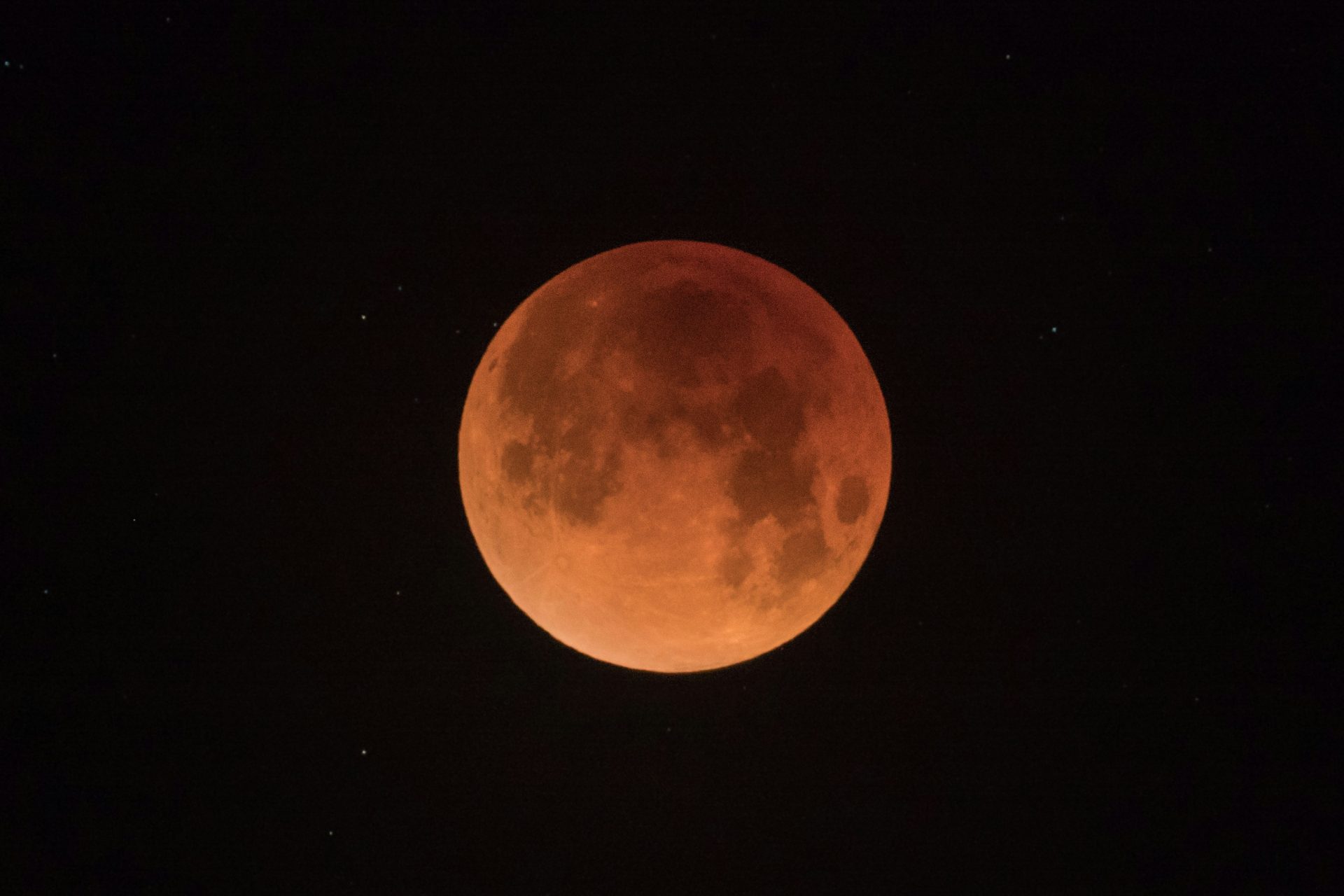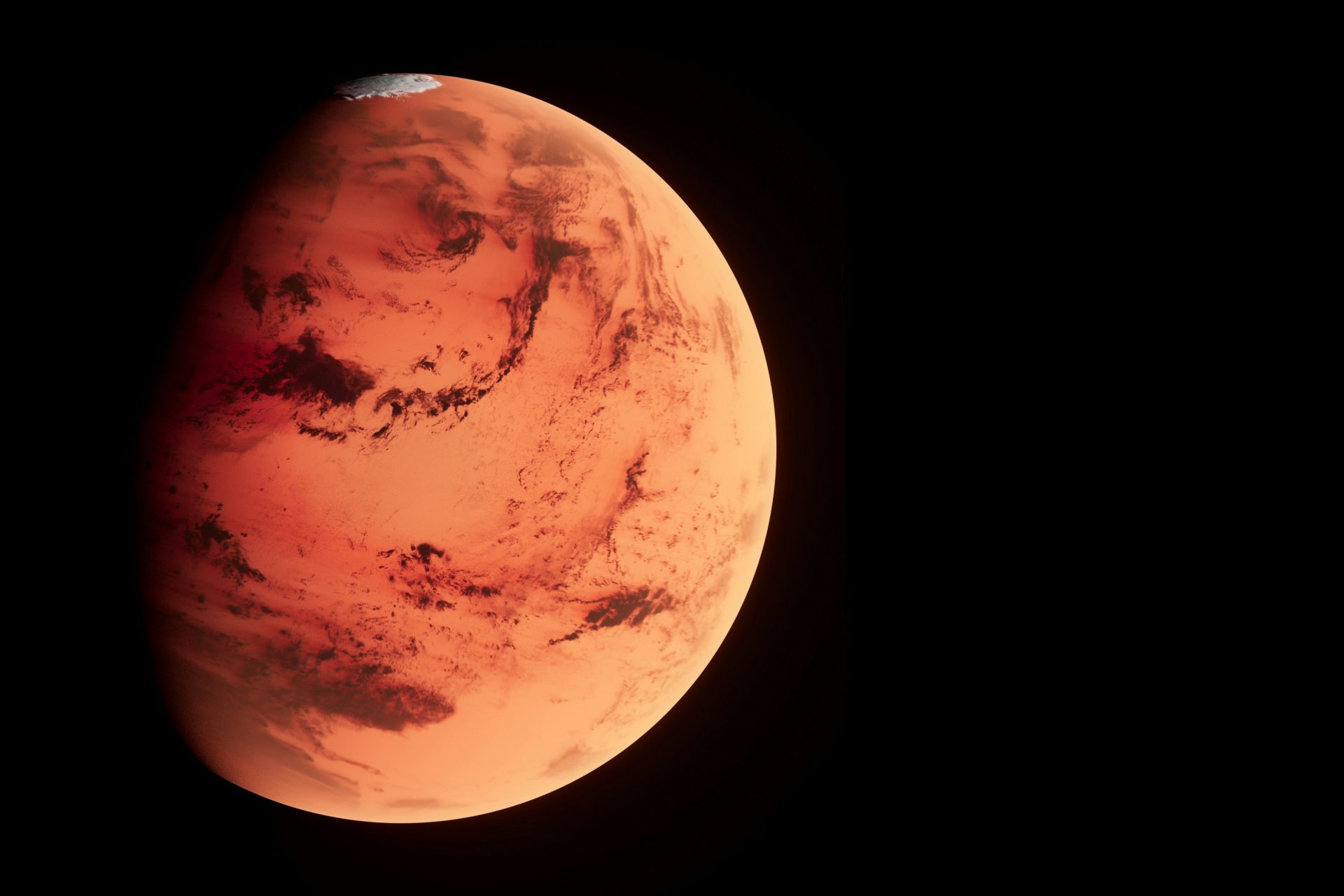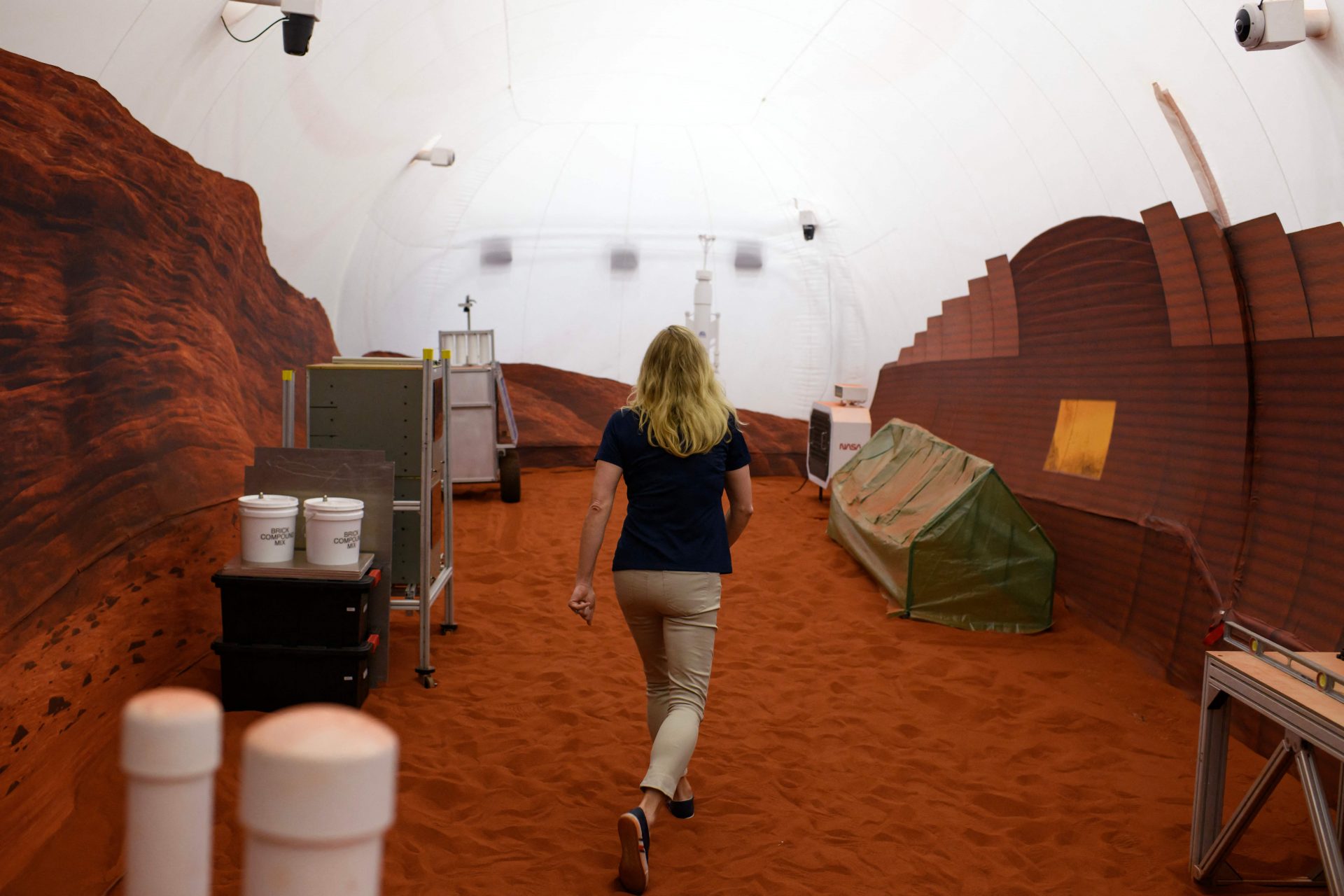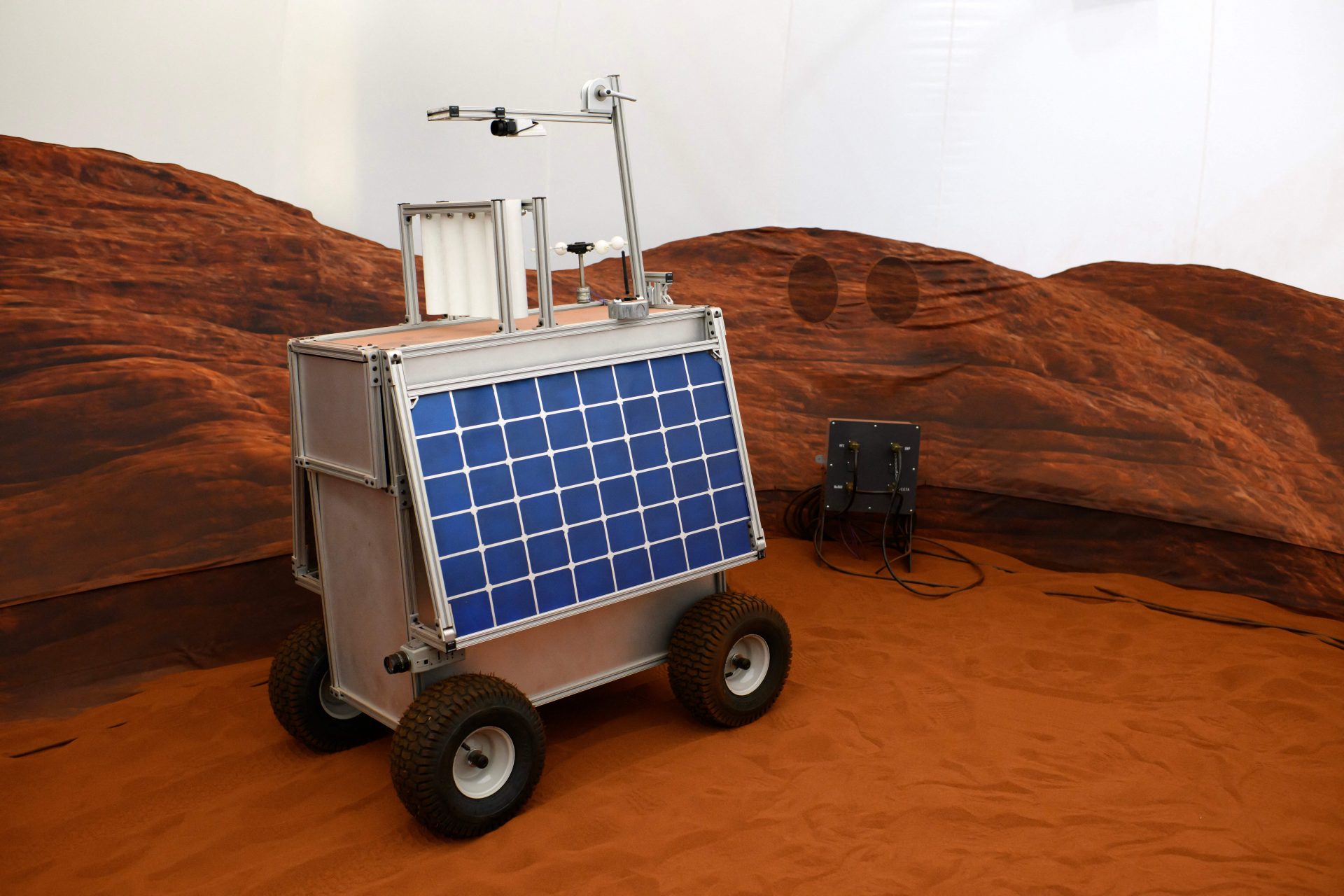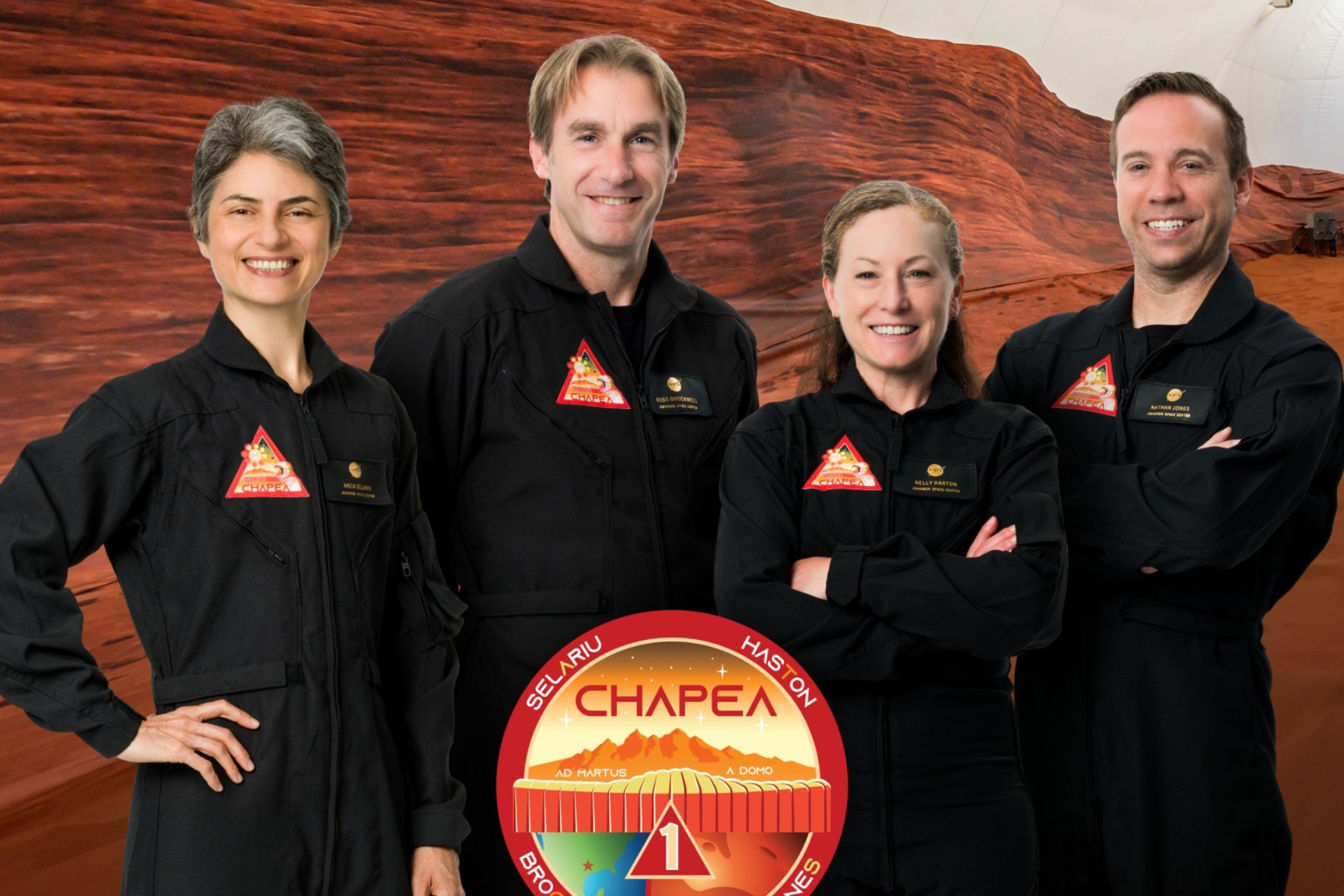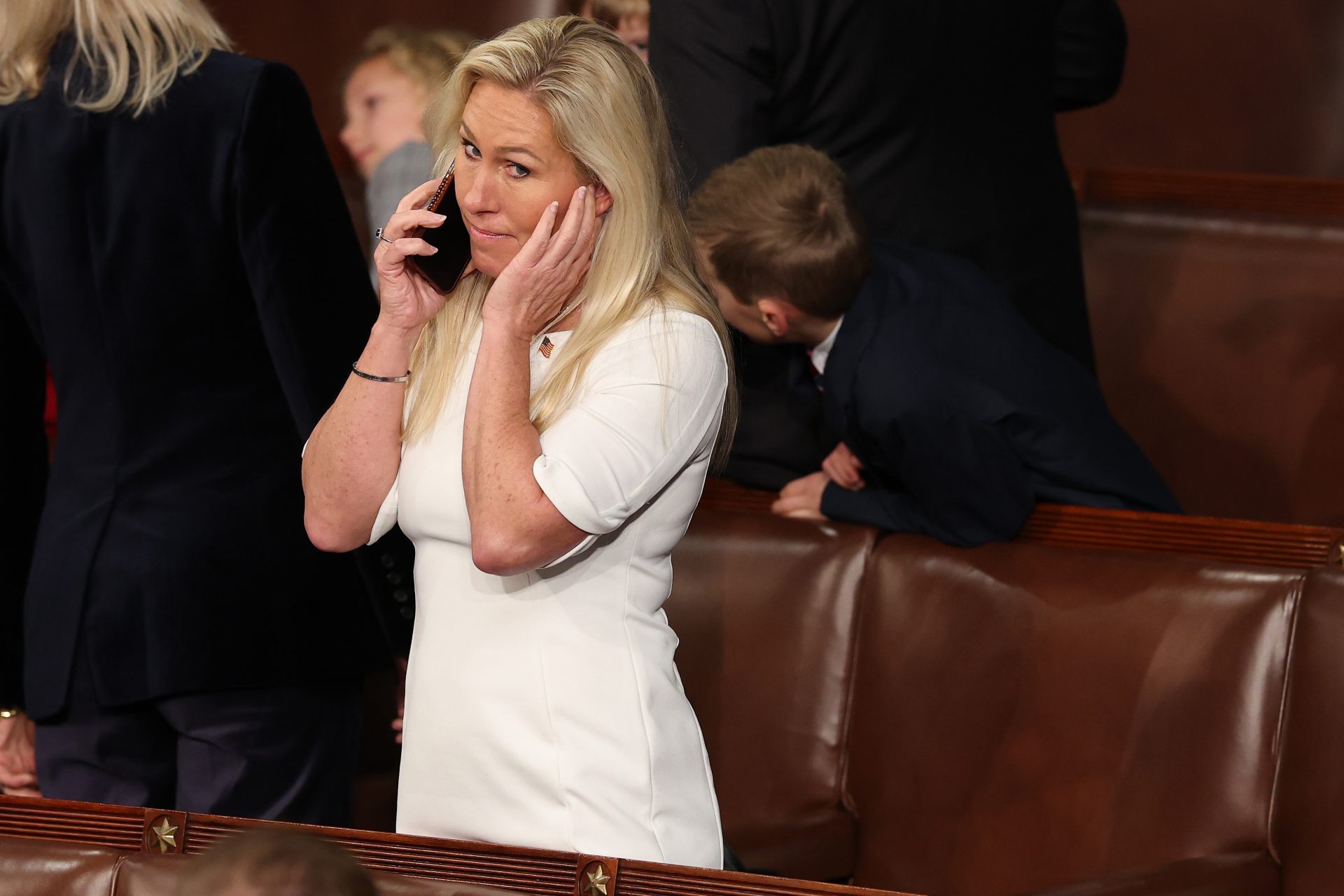Ever dreamed of Mars? Apply now to NASA's year-long simulation project
There has been a rather unique job listing from NASA recently! The American space agency is seeking four volunteers to take part in a year-long simulation of life on Mars. Here are the details about this incredible opportunity.
This job offer was posted on the NASA website on February 16. This is the second of three planned ground missions, called CHAPEA (Crew Health and Performance Exploration Analog).
For a year, volunteers will work and live together in a habitat, called Mars Dune Alpha. This nearly 160 m² space was 3D printed and is located at NASA's Lyndon B. Johnson Space Center in Houston (Texas).
During this immersive mission, volunteers will have to face hostile conditions to "simulate the challenges of a mission to Mars," explains the American agency, particularly "communication delays and other factors due to environmental stresses."
Among their various daily tasks, the crew will be called upon to simulate spacewalks, carry out robotic operations, ensure habitat maintenance, and even care for growing plants.
According to NASA, CHAPEA missions provide “important scientific data to validate systems and develop solutions for future missions to the Red Planet.” The space agency can thus use data from this mission to predict difficulties and optimize crew performance during future expeditions to Mars.
This experiment will begin in spring 2025 and end a year later, in spring 2026. But how can you participate?
To apply for this mission like no other, several criteria are necessary. Only U.S. citizens or permanent residents of the United States can apply. Applicants must be aged 30 to 55, not smoke, be fluent in English and (obviously) in perfect health.
NASA requires participants to have a master's degree in a STEM (science, technology, engineering and mathematics) field from an accredited institution. They must also “have at least two years of professional experience in the STEM field or a minimum of one thousand hours of aircraft piloting,” the space agency indicates in its job offer.
Photo: Nicolas Lobos / Unsplash
NASA adds: "Applicants who have completed two years of work in a science, technology, engineering, and mathematics doctoral program, earned a medical degree, or completed a test pilot program will also be taken into consideration.”
Photo: Bryan Goff / Unsplash
In addition, people who have completed "military officer training", with four years of professional experience, can apply for this NASA mission.
Photo: Planet Volumes / Unsplash
On its website, the American space agency specifies that "applicants must have a strong desire for unique and rewarding adventures and be interested in contributing to NASA's work to prepare for the first human trip to Mars."
While no amount of compensation has been revealed, NASA emphasizes in its job offer that "more information will be provided during the candidate selection process" on this subject.
If by any chance your profile matches that sought by NASA, please note that you have until April 2, 2024 to send your application, on the website www.chapea.nasa.gov.
On June 25, 2023, a first crew of four volunteers (in the photo) began a similar mission for a period of one year. This crew consists of Kelly Haston (commander), Ross Brockwell (flight engineer), Nathan Jones (military doctor) and Anca Selariu (science officer).
At the end of the three CHAPEA missions planned by NASA, the space agency will have collected enough data to "evaluate human health and performance in relation to the limits of Martian resources in terms of isolation and containment", as the space agency explains.
More for you
Top Stories






